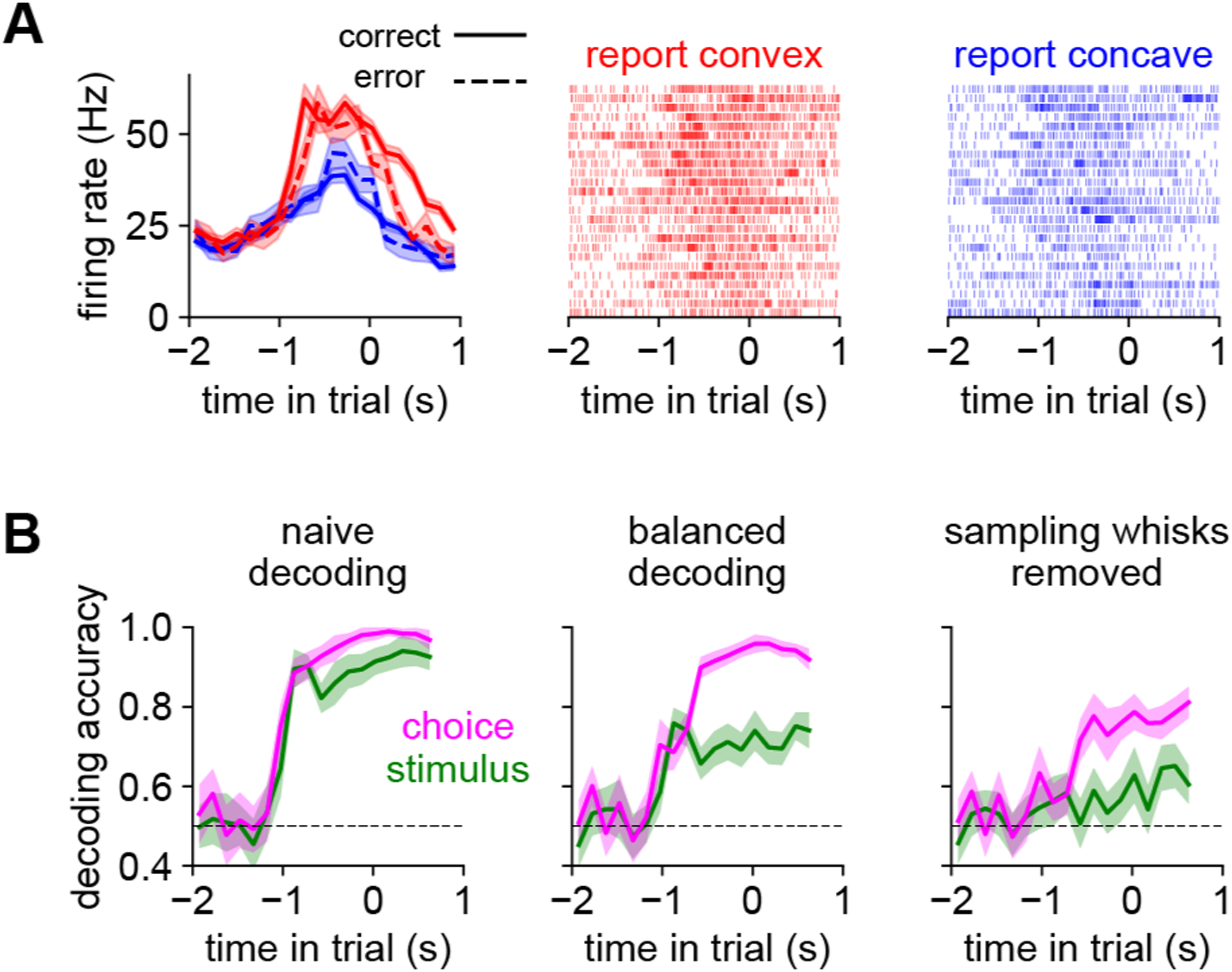Figure 6. Barrel cortex persistently encodes choice.

A) An example L5 excitatory neuron that encodes choice. Left panel: mean spike rate over trials for convex (red) or concave (blue) choices, separately by correct (solid) and incorrect (dashed). Right two panels: example spike rasters from randomly chosen trials. This neuron’s firing rate is elevated for convex choices, regardless of the identity of the shape. Error bars: SEM over trials.
B) Stimulus (green) or choice (pink) can be decoded from a pseudopopulation (n = 450 neurons) aggregated across shape discrimination sessions (timescale as in Fig 1H). Left: With a naive (unbalanced) approach, stimulus or choice can be decoded with similar accuracy. Middle: Equally balancing correct and incorrect trials decouples stimulus and choice. Right: Removing spike counts from all sampling whisks (i.e., whisks sufficiently large to reach the shapes) largely abolishes stimulus information while preserving choice information. Dashed line: chance. Error bars: 95% bootstrapped confidence intervals.
